I hadn't been to mass there since Christmas 2019—but then again, my formal church visits are usually few and far between.
I'm much more likely to go to any church for some quiet reflection on a solo, unceremonious trip.
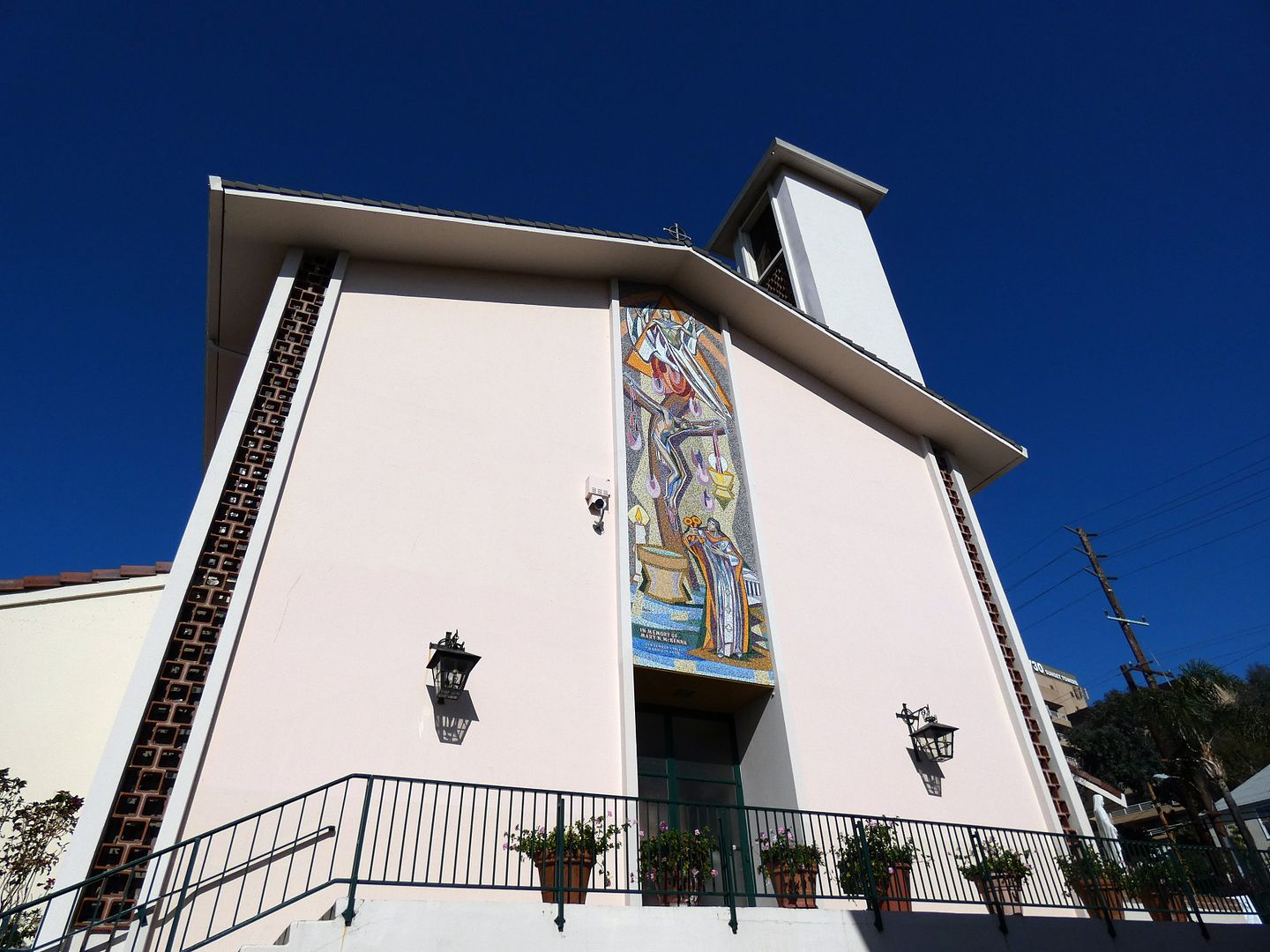
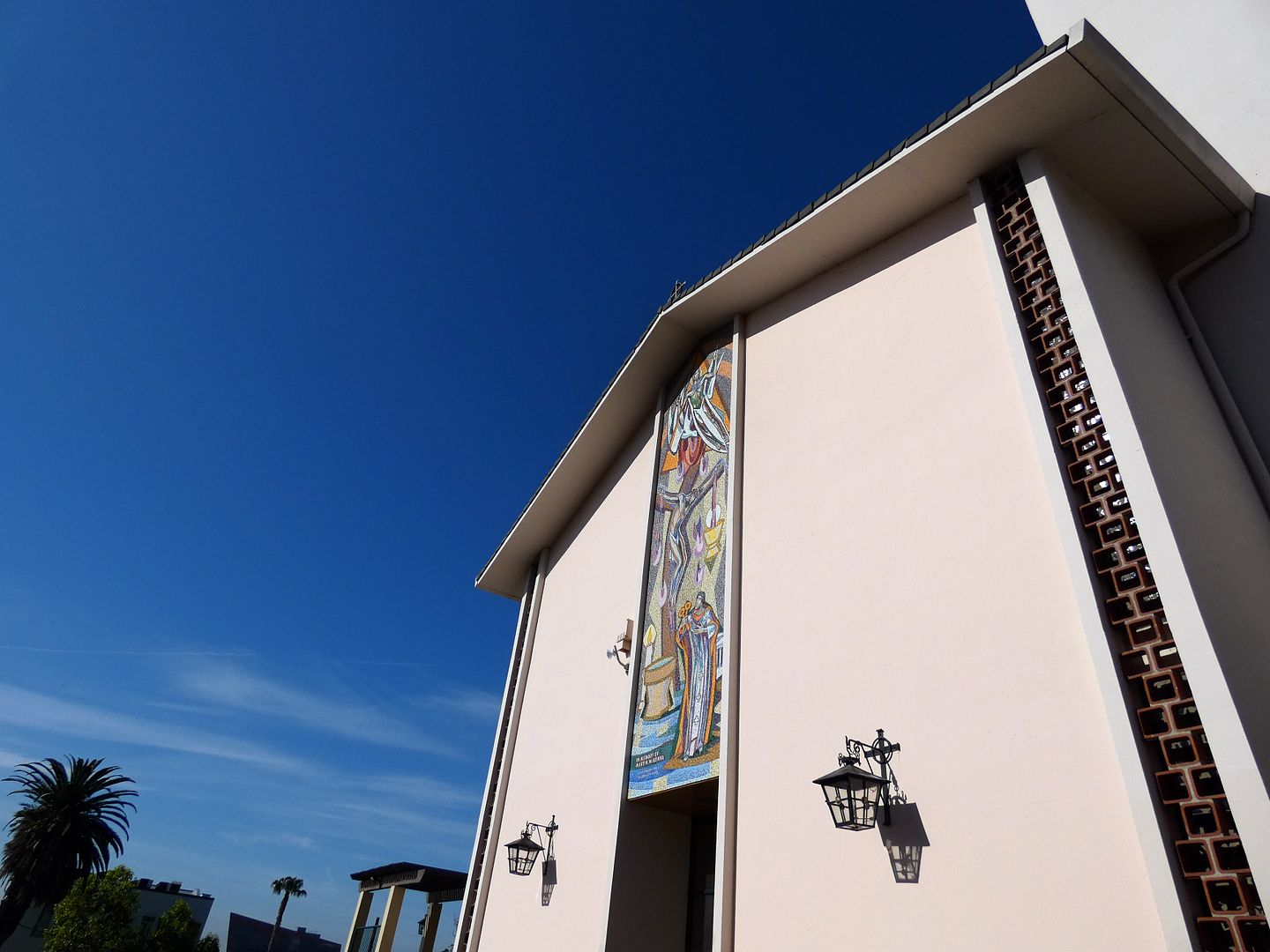
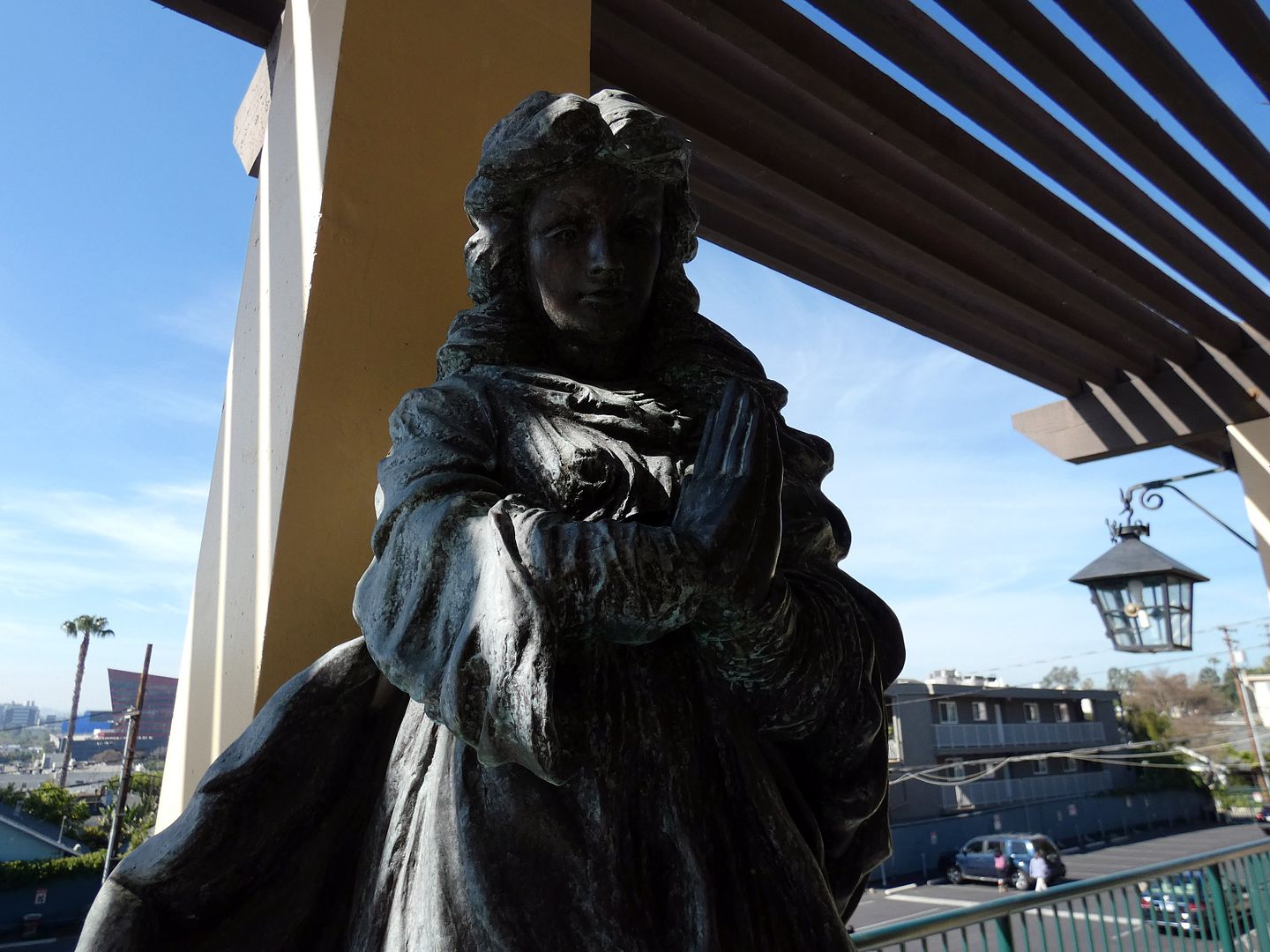
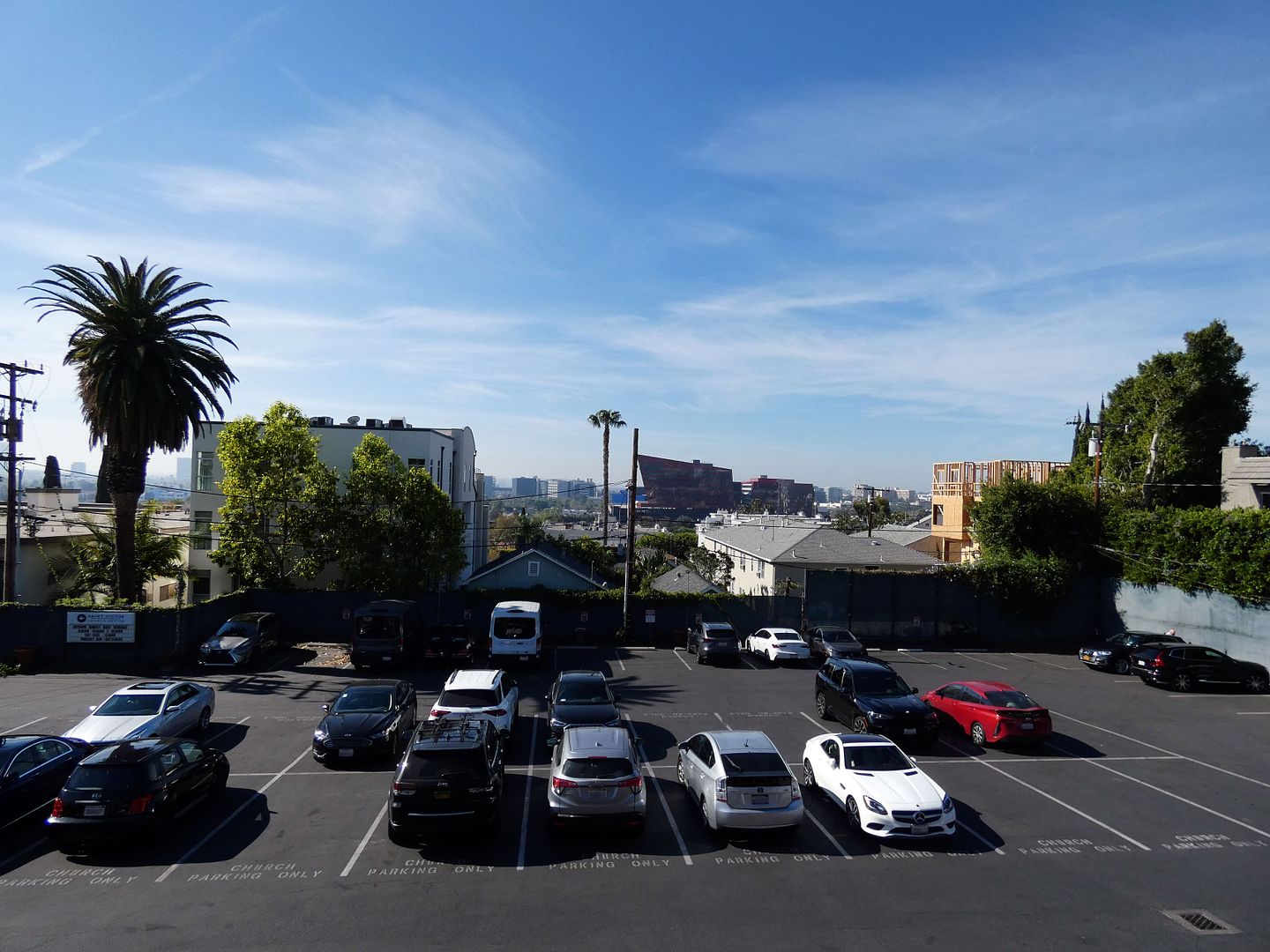
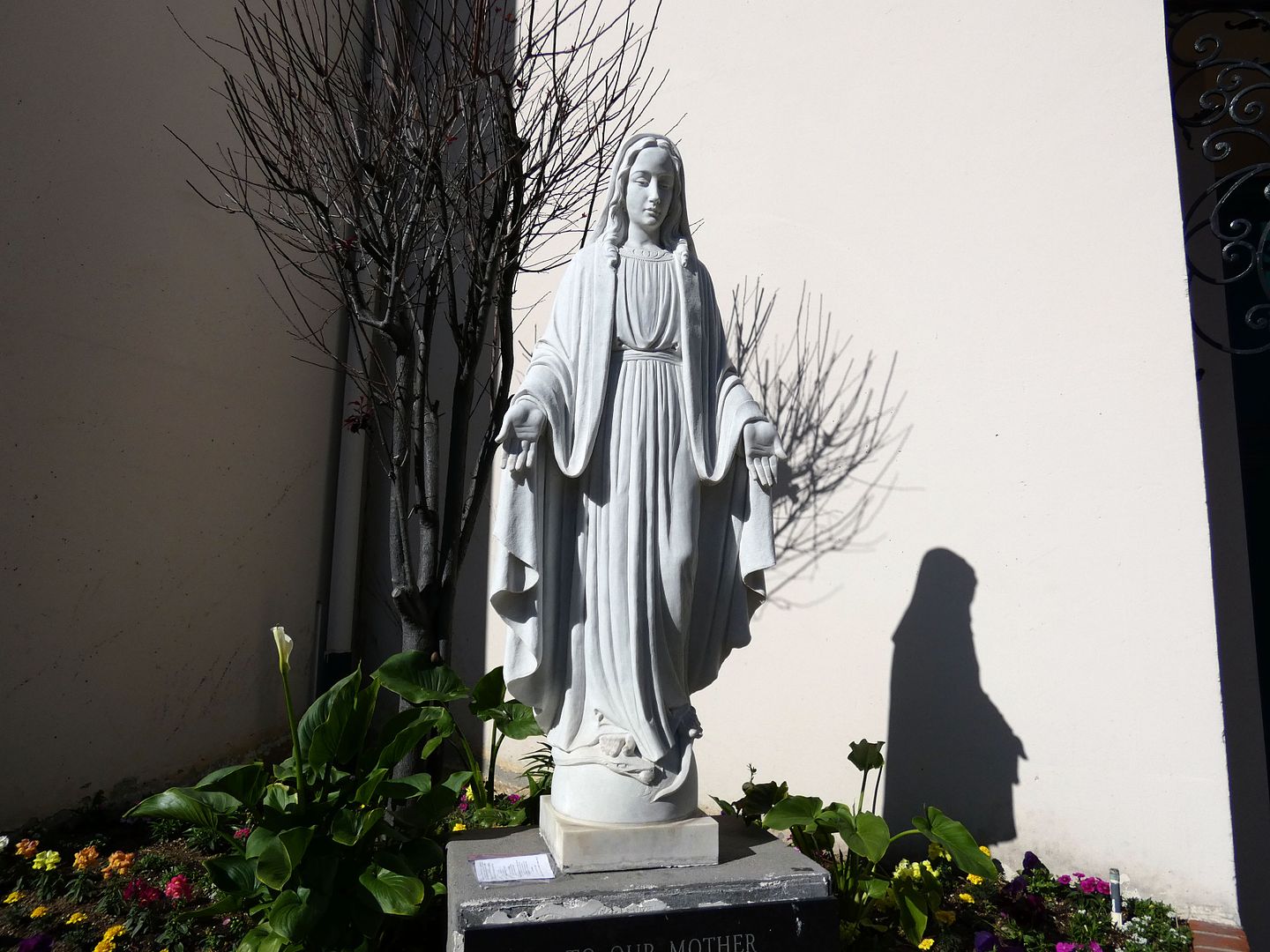
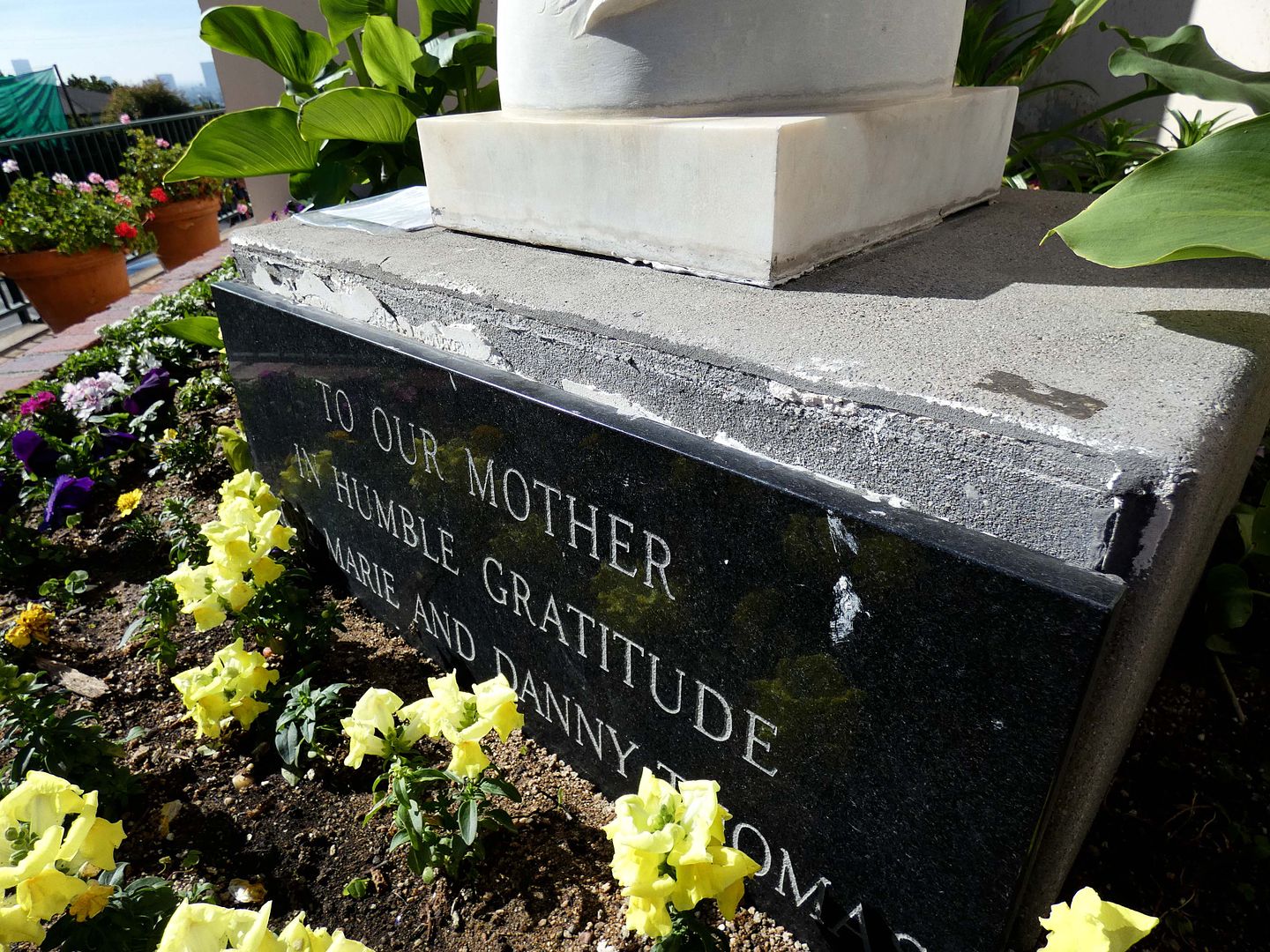
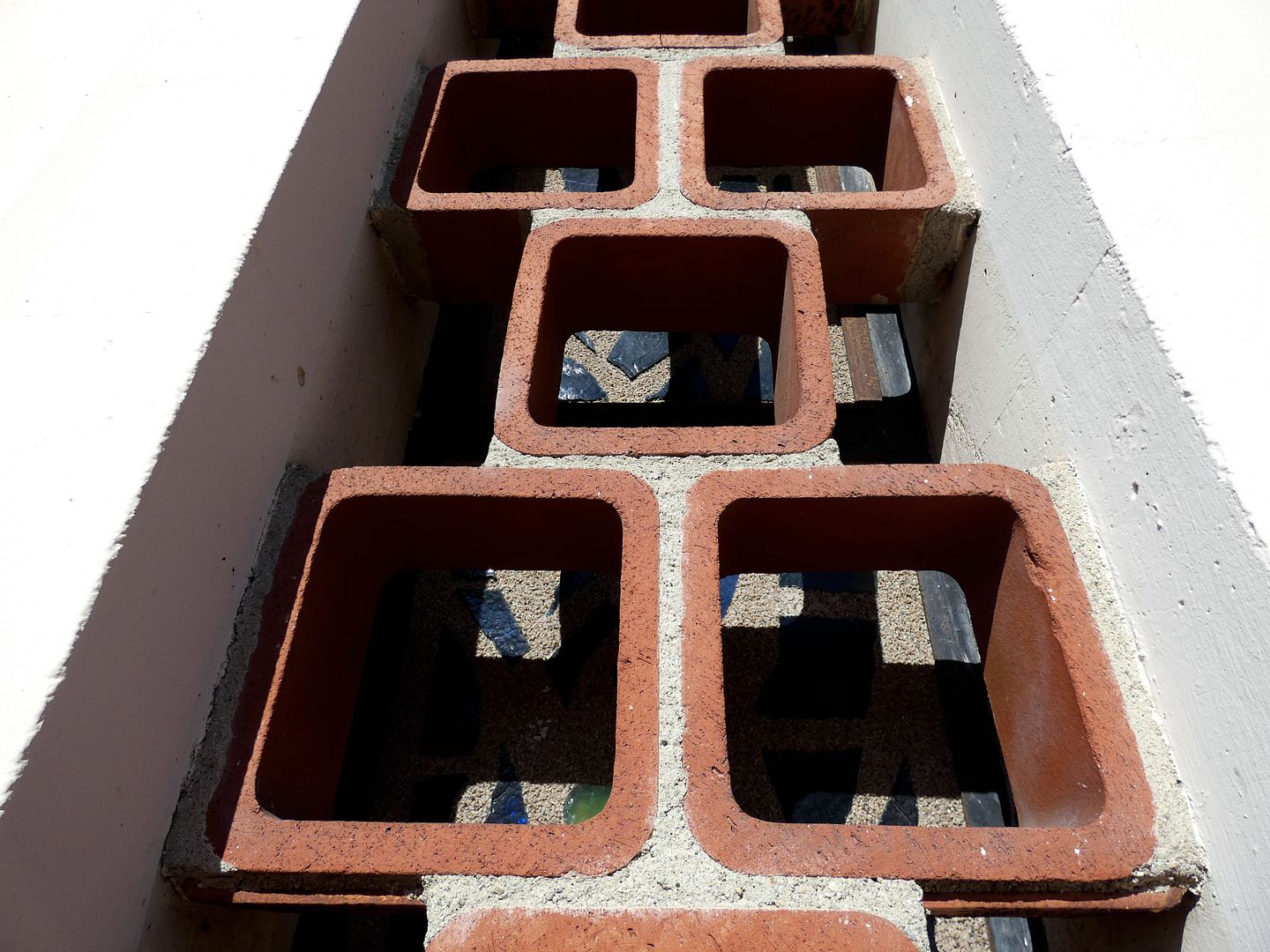
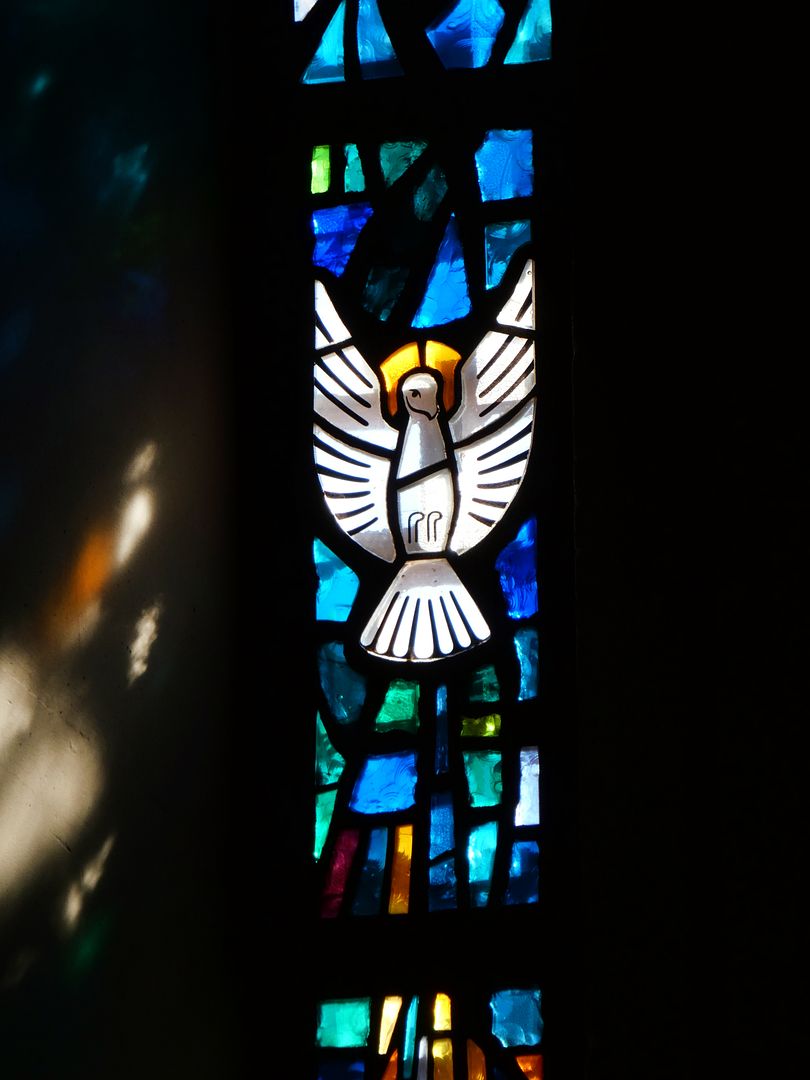
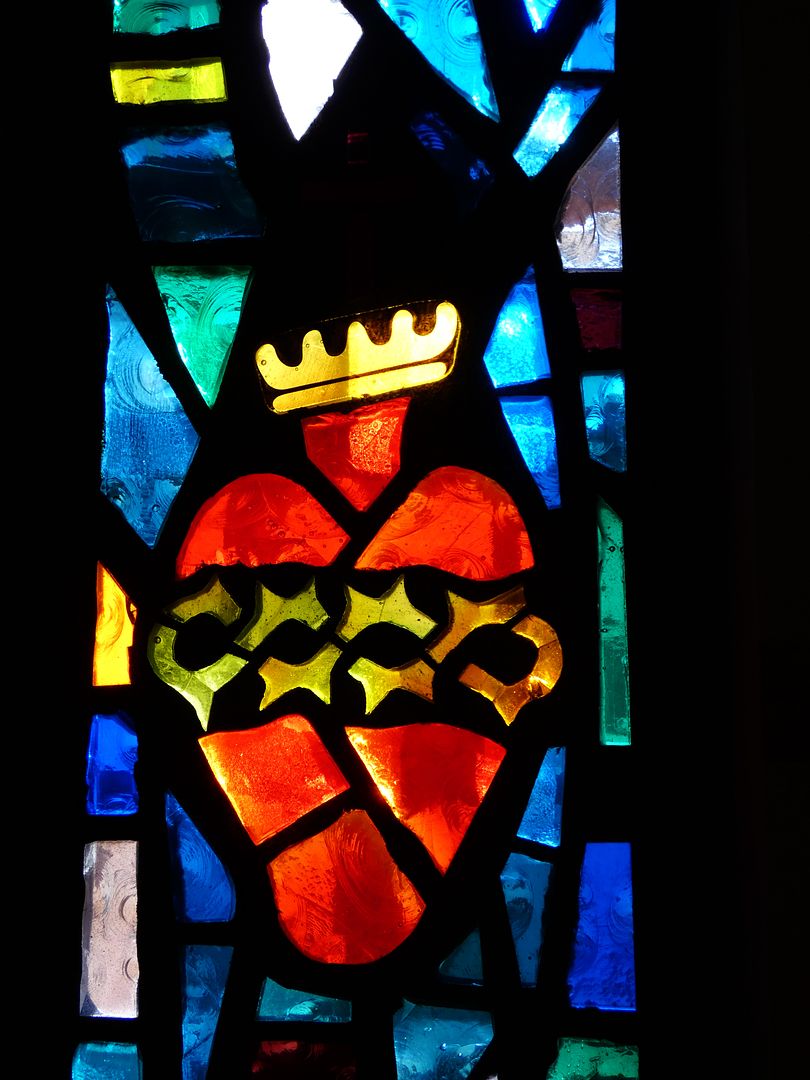
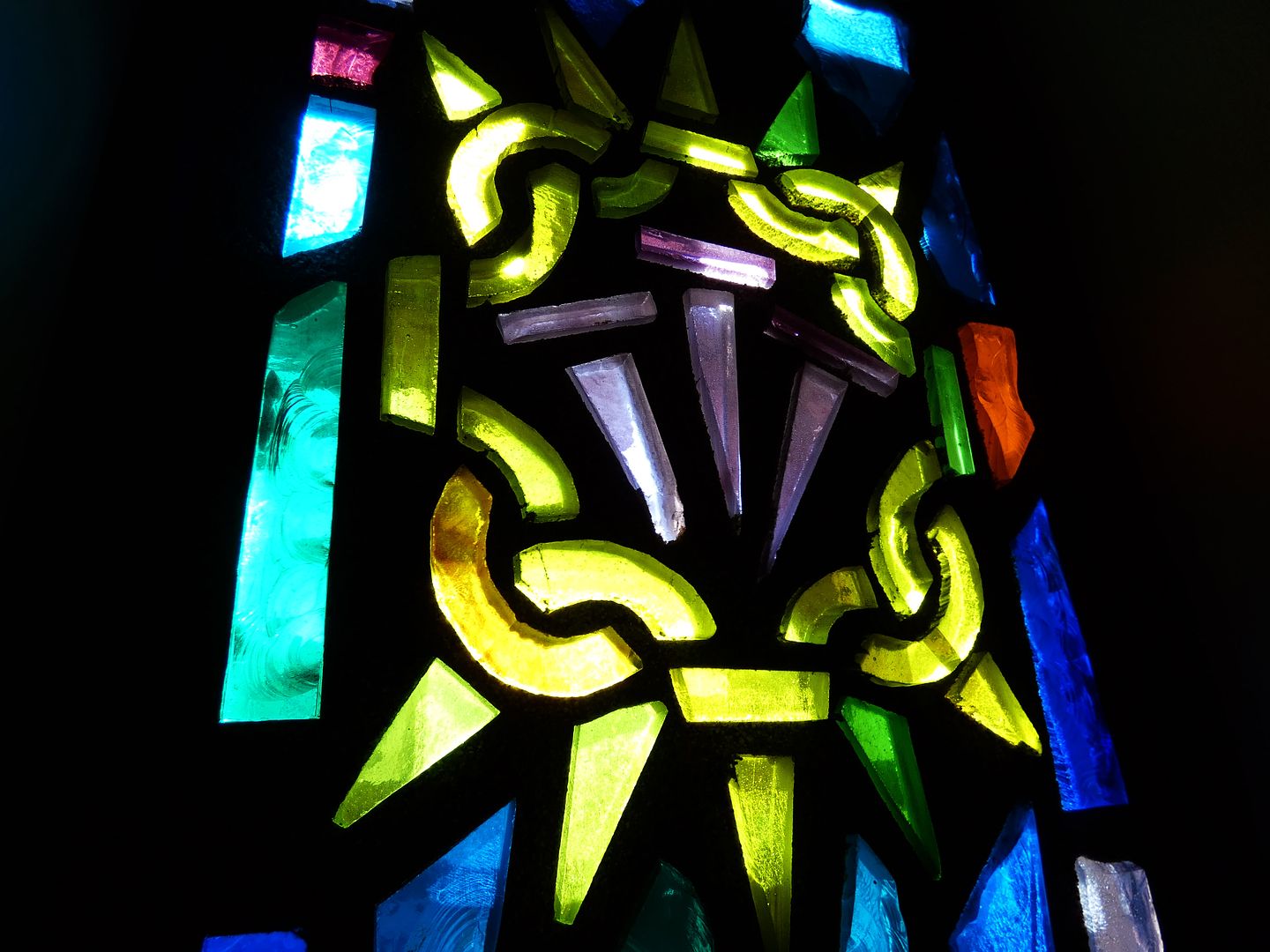

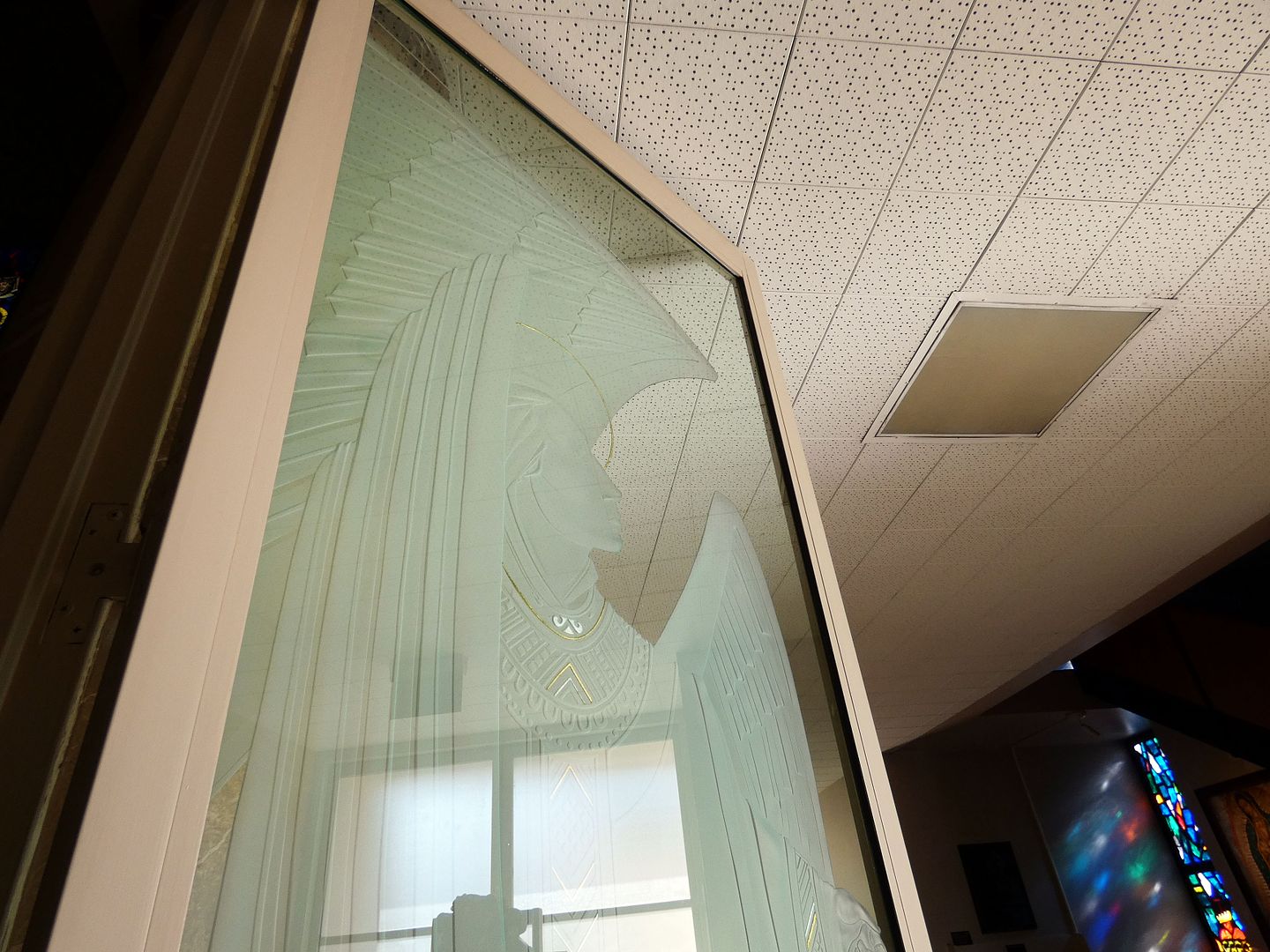
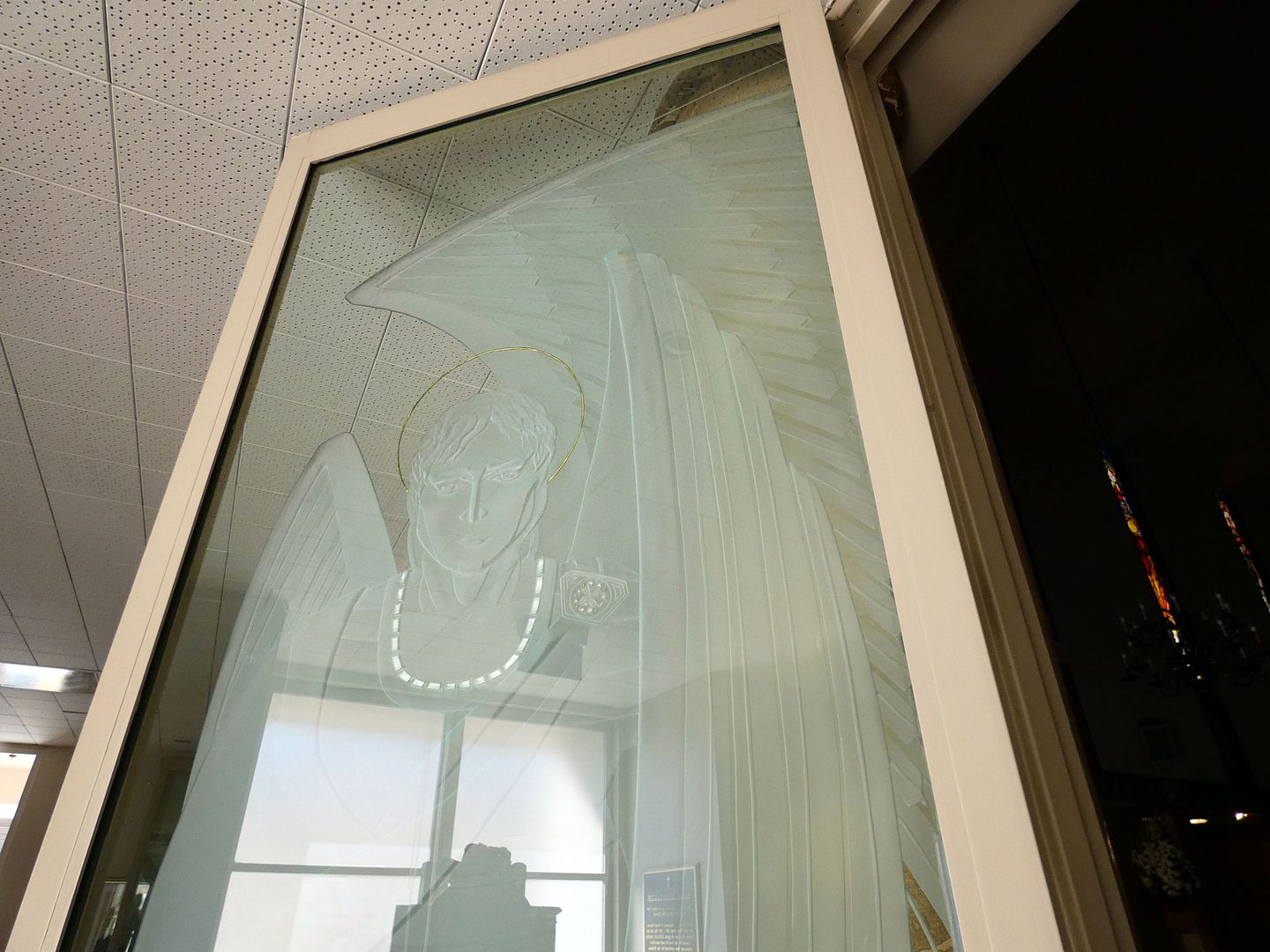
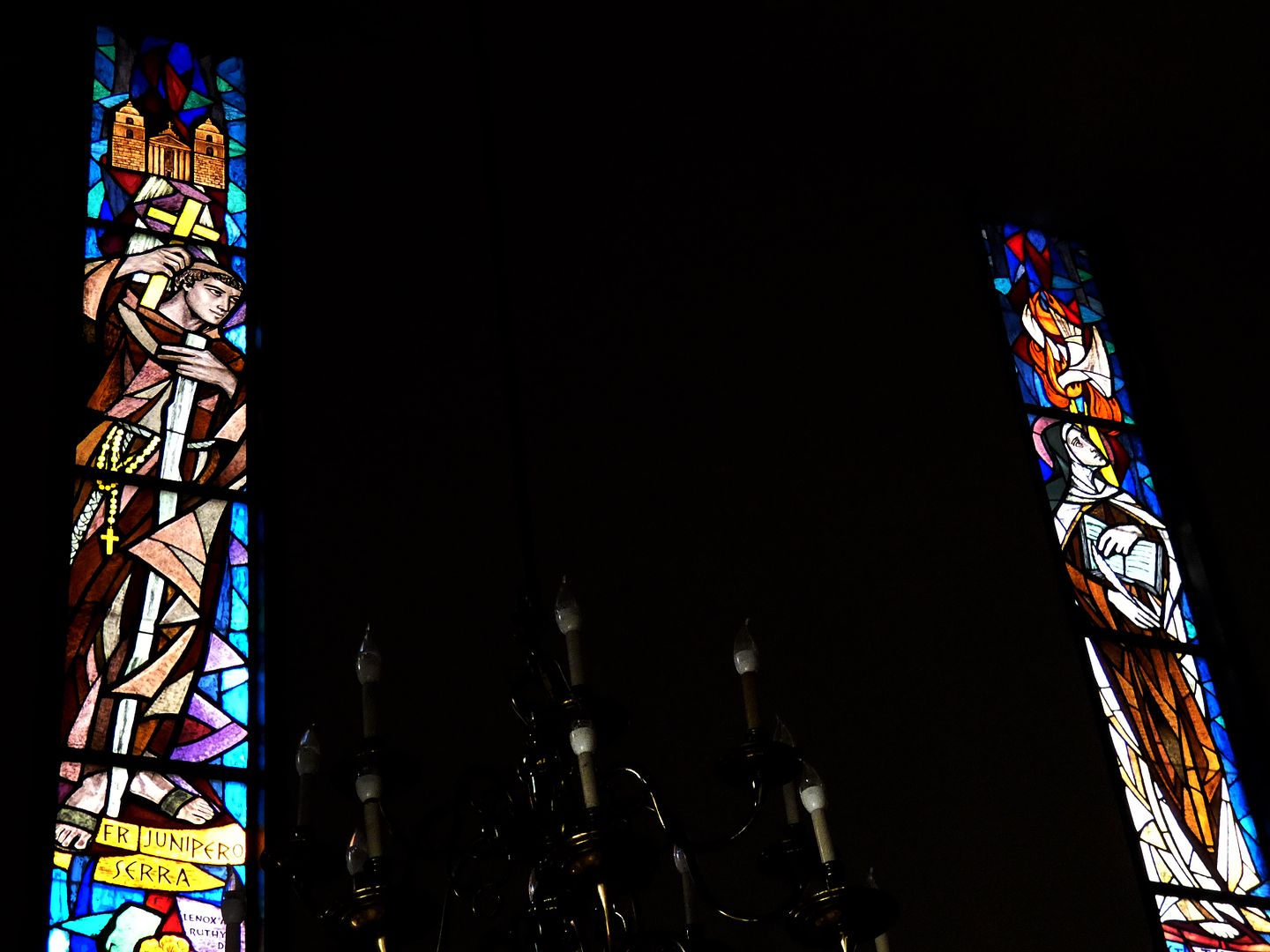
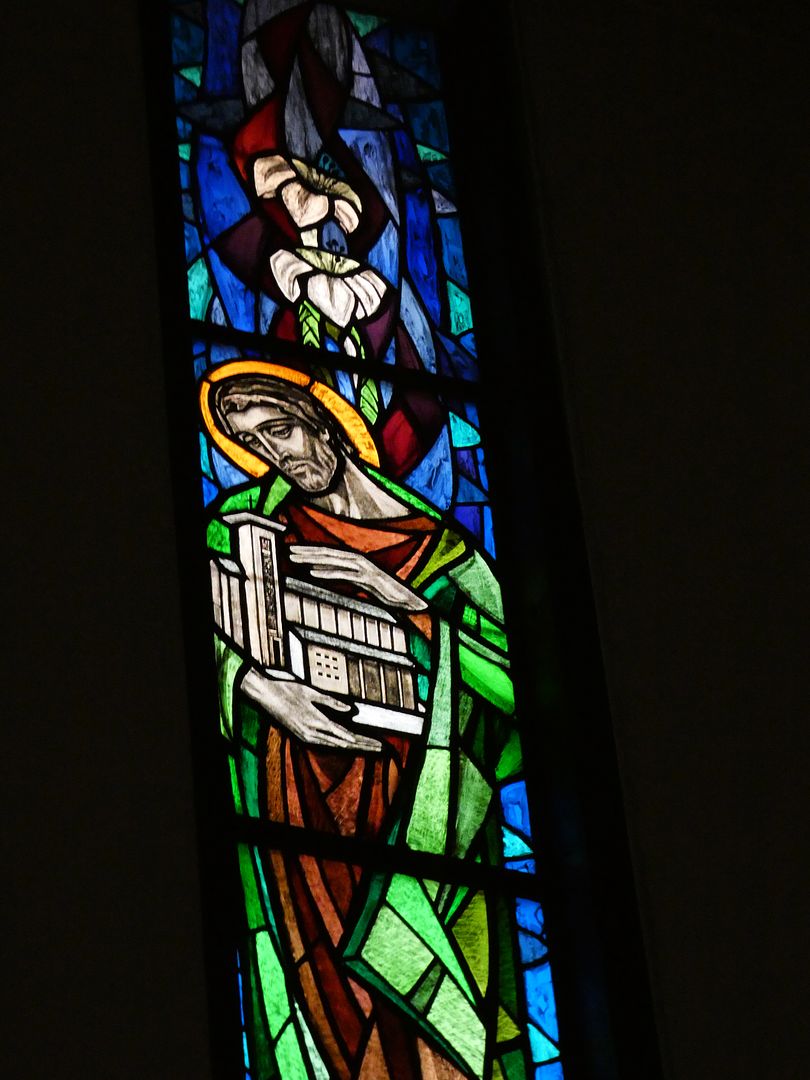


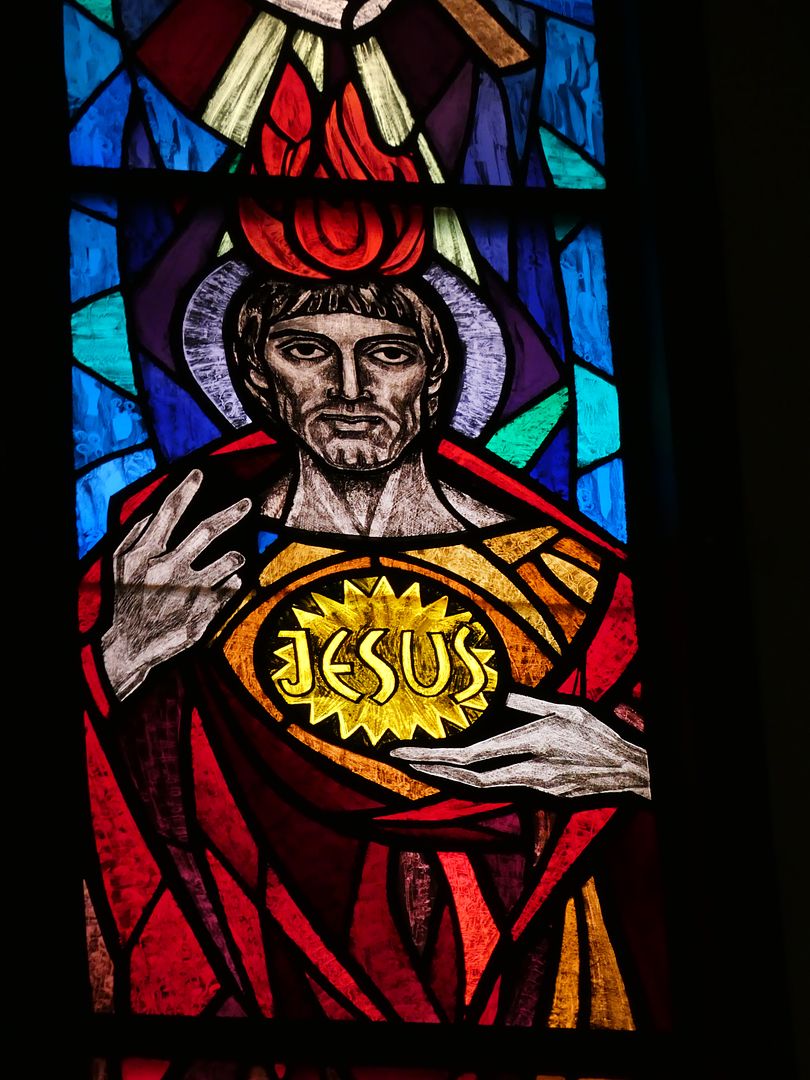

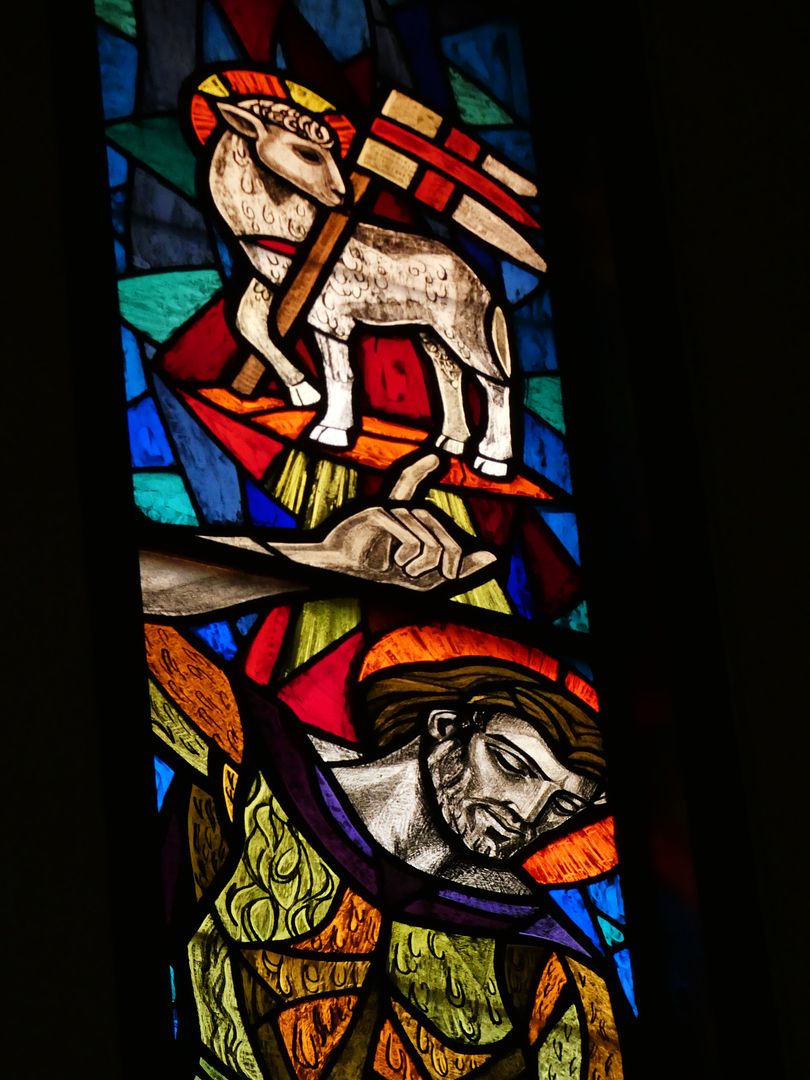

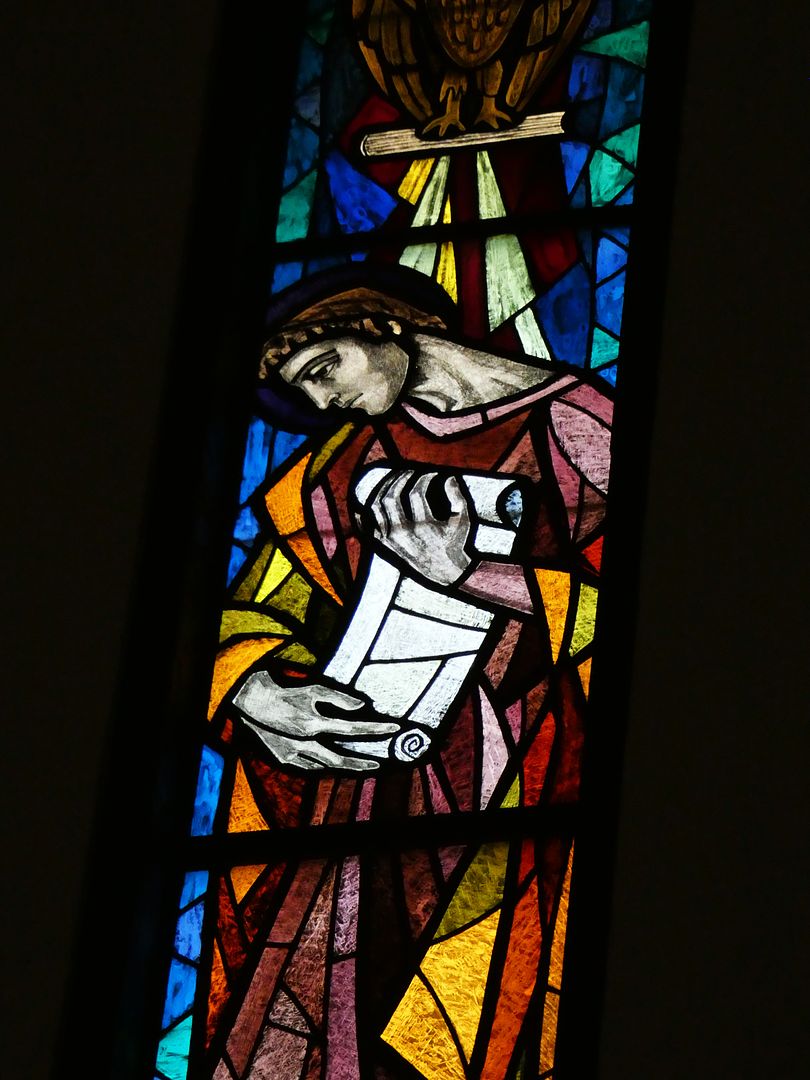

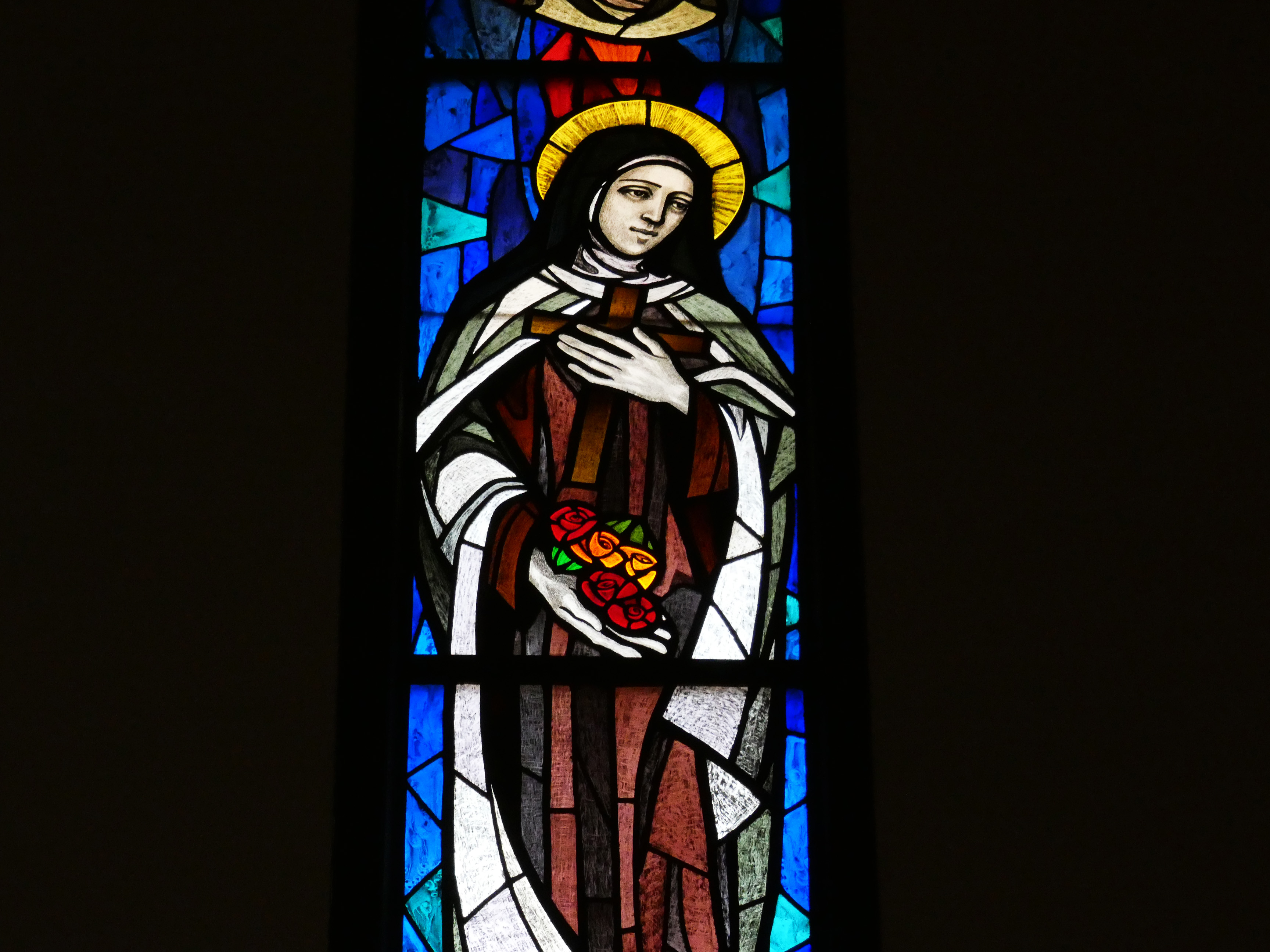
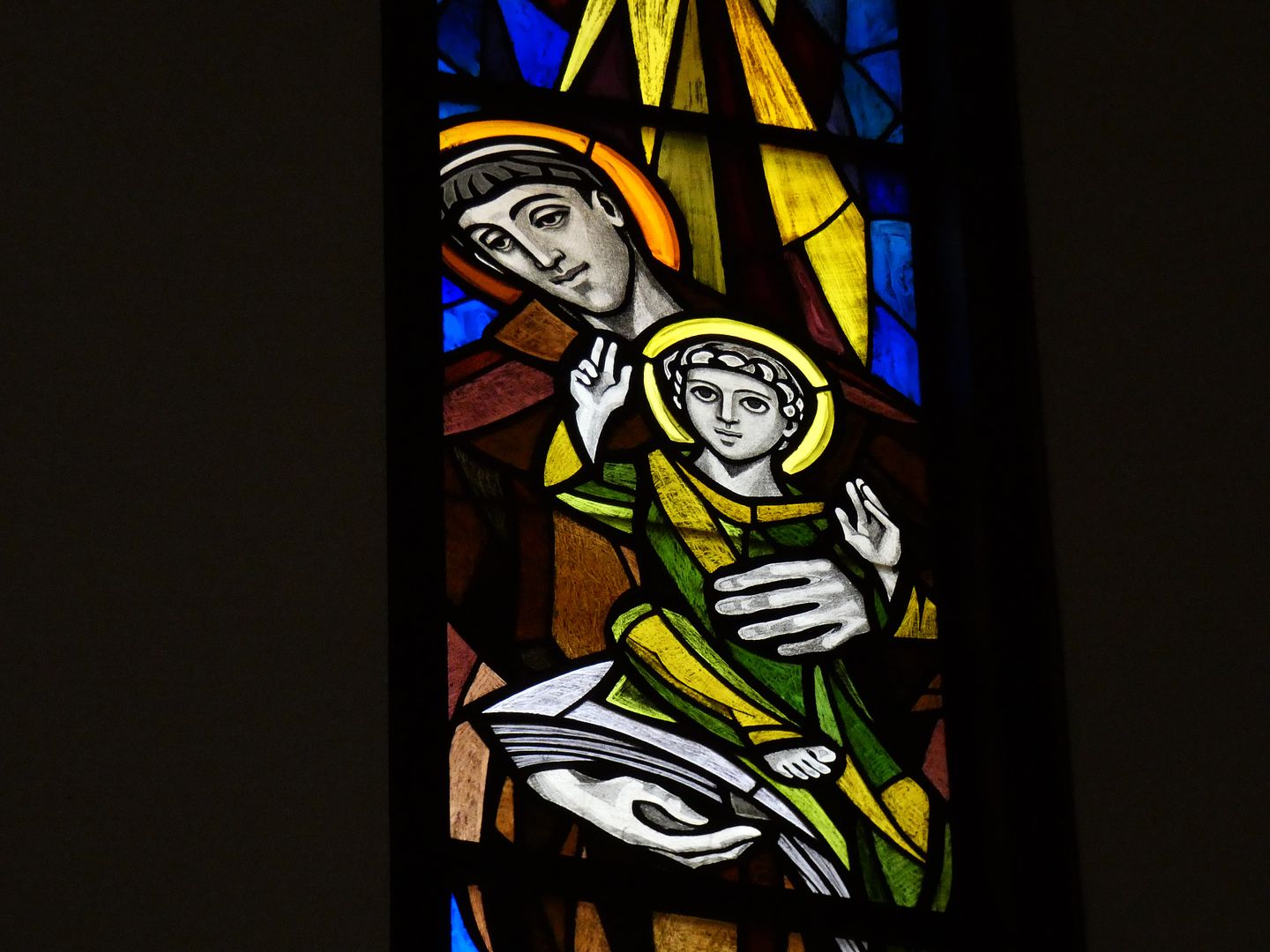
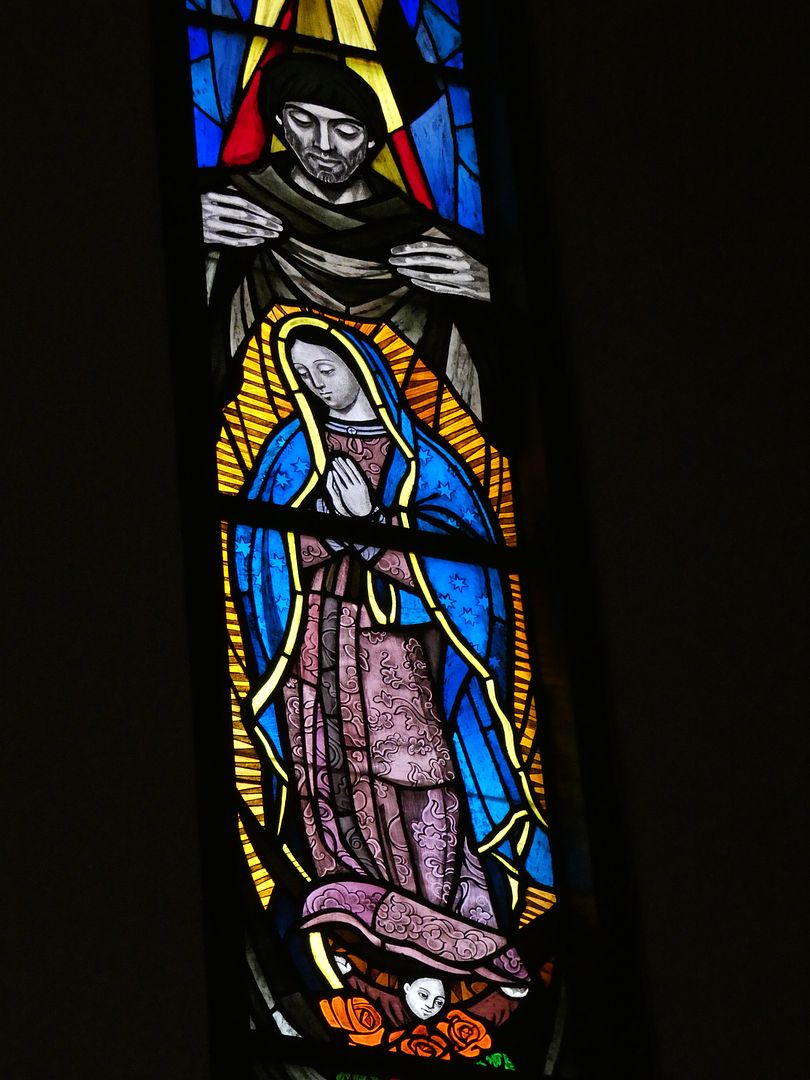
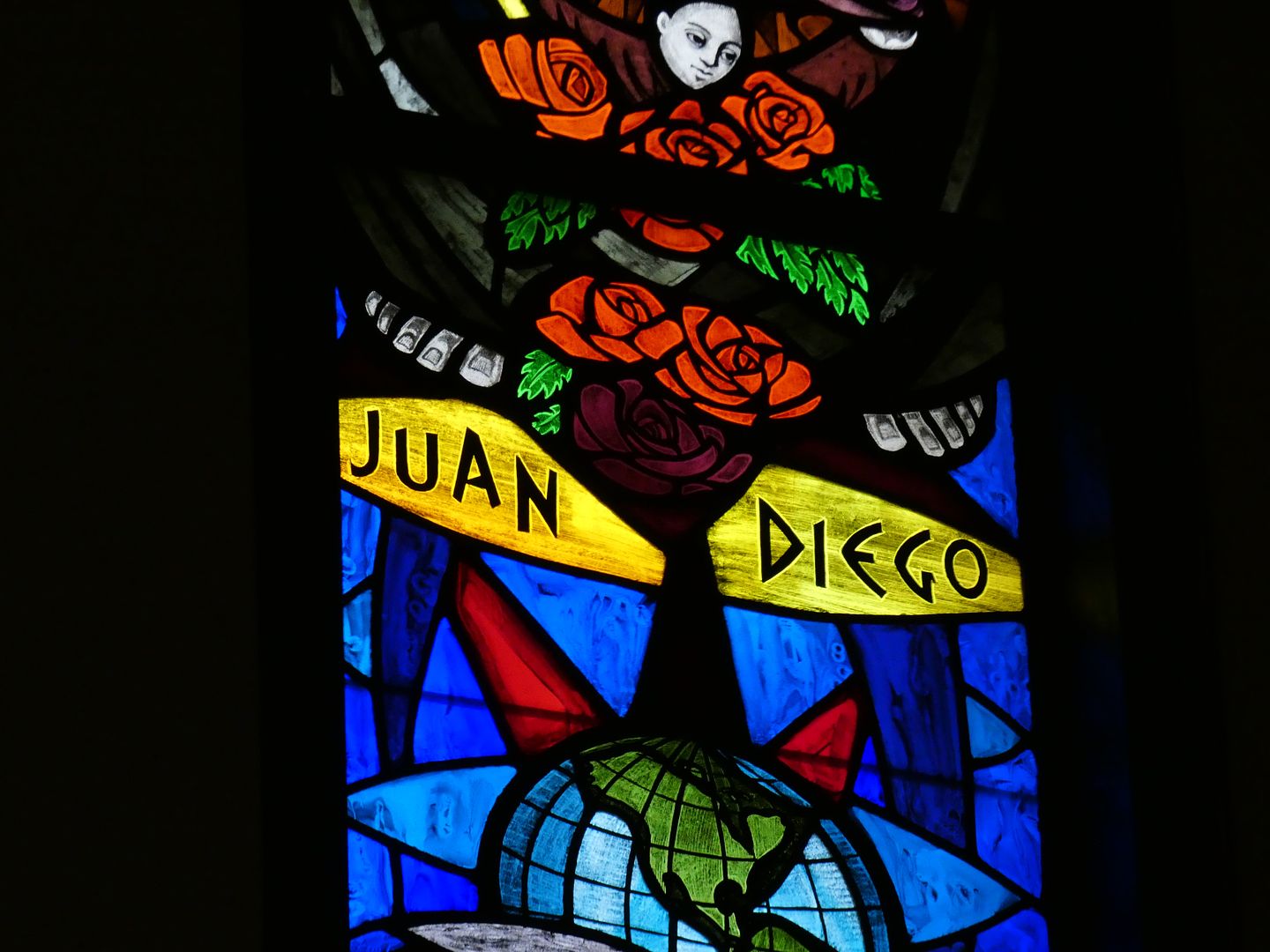
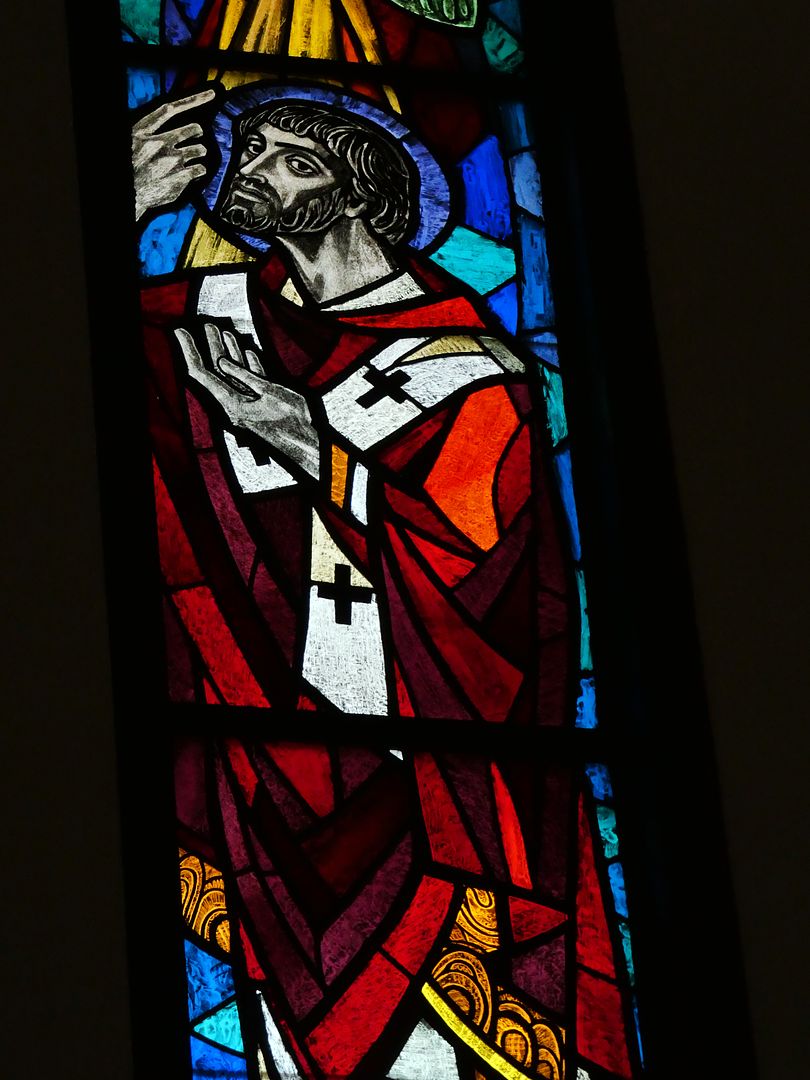
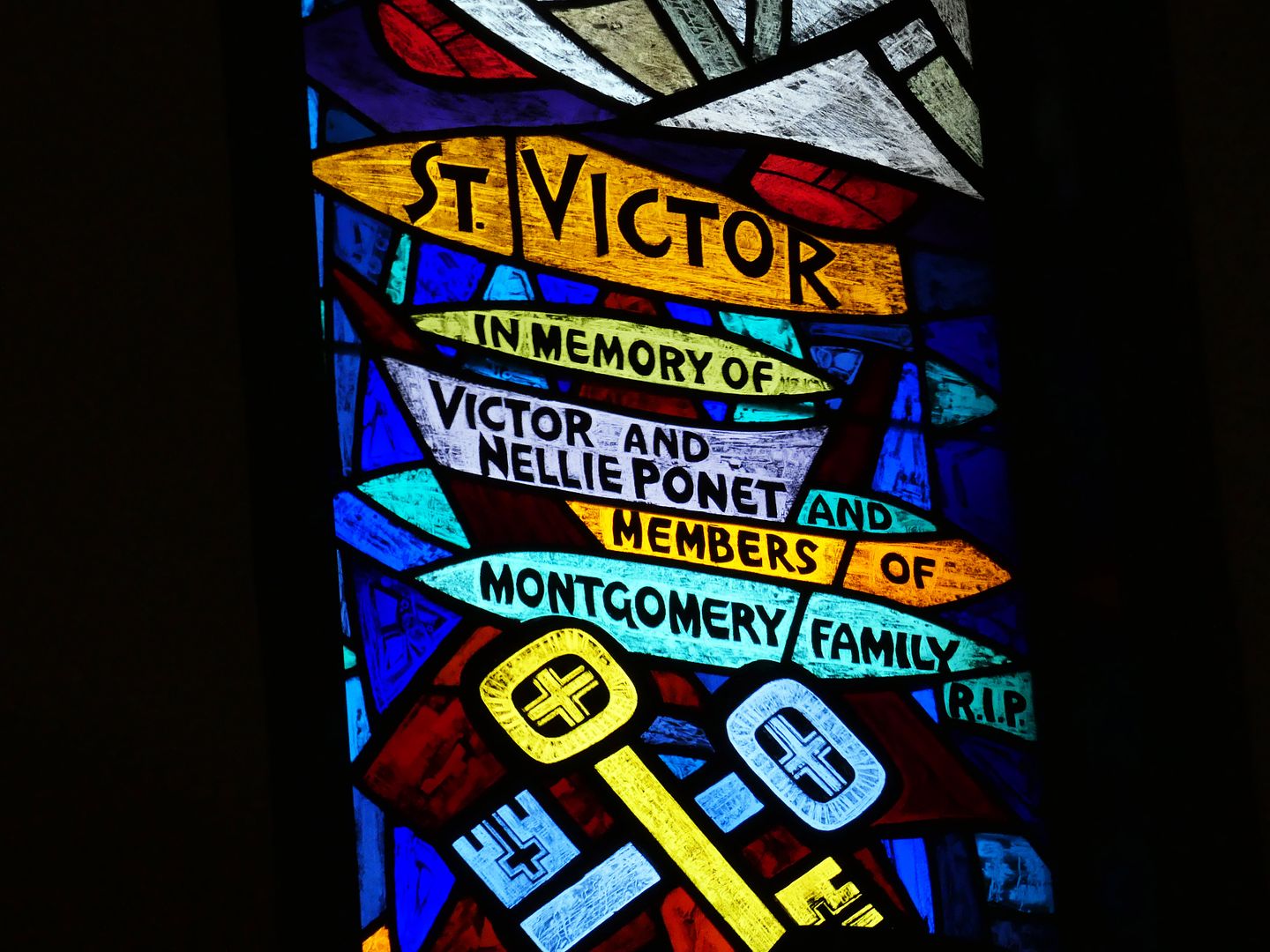
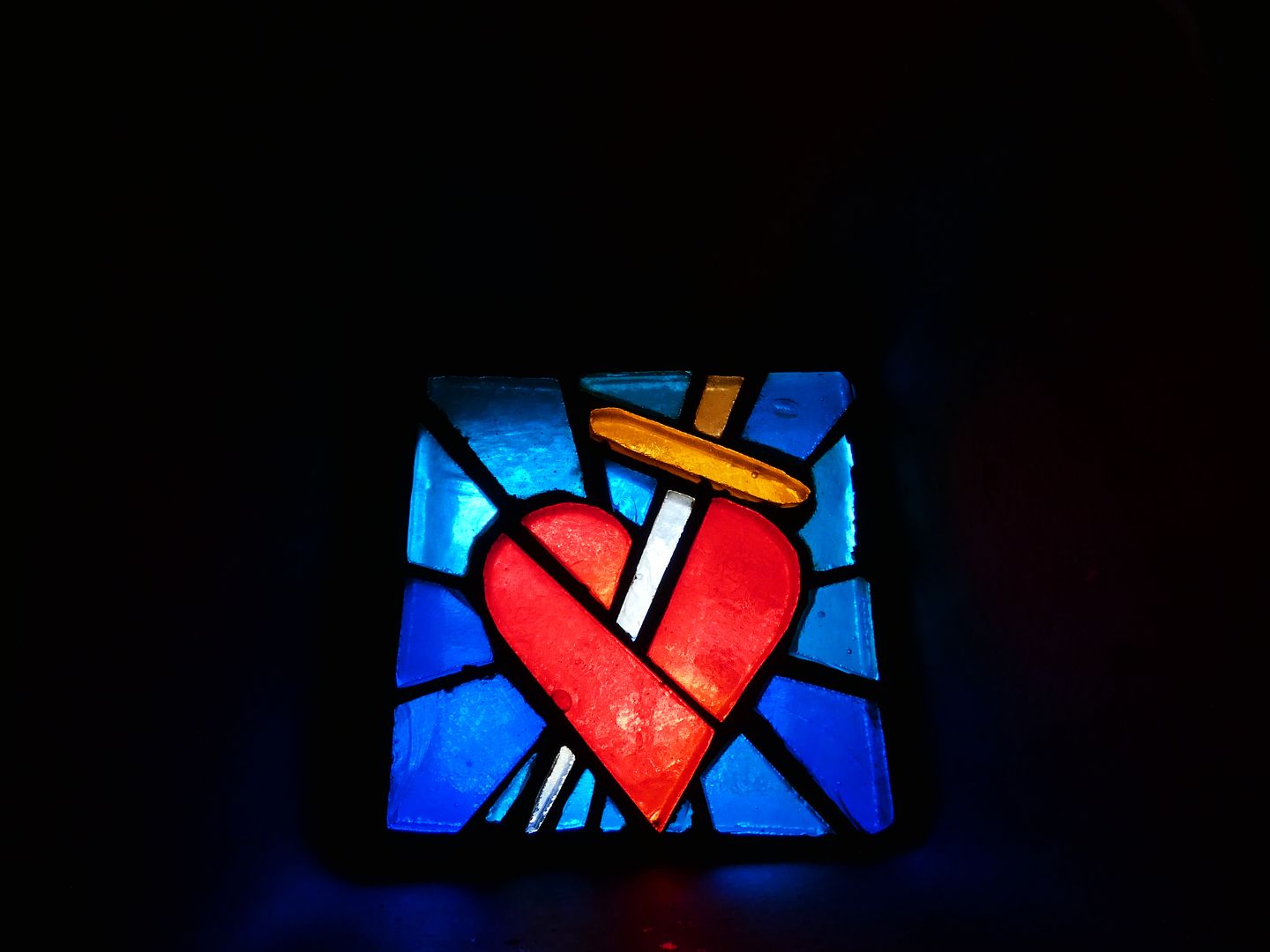
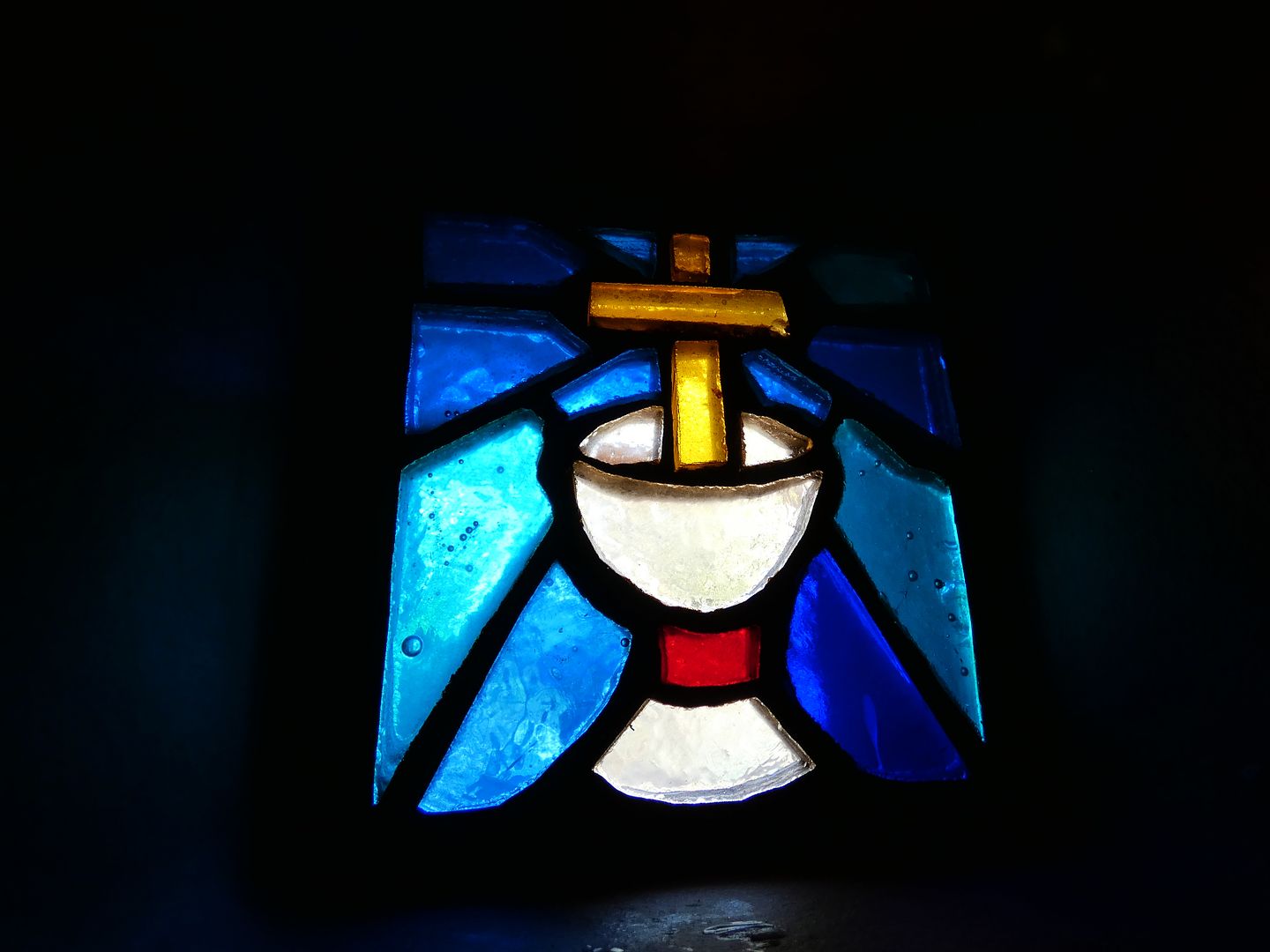


But then Easter rolled around and, well, what better time?

One of the big draws for me was the exterior mosaic of St. Victor himself by Hungarian half-sisters Edith and Isabel Piczek, which was erected Oct 2005. And appropriately enough, it turns out St. Victor—who served as the first African pope from the years 189 to 199 A.D.—was the one who decreed that Easter should be celebrated worldwide on a Sunday.

It wasn't until the year 325 A.D. that the Catholic Church settled on celebrating Easter on the first Sunday after the full moon following the spring equinox—which is why the date changes every year (but occurs within more or less a 30-day window).

The history and story of St. Victor Church goes way beyond its namesake, though—as the church was founded in 1906 in a small, English-style wooden building gifted by a different Victor, former Belgian vice-consulate Victor Ponet. At the time, it was the only church in the U.S. dedicated to St. Victor.

Ponet owned substantial land that was once part of the former Rancho La Brea, mostly centered around the present-day Sunset Strip. His family still owns Sunset Plaza.

Upon its founding, the church served the community of work hard/play hard Los Angeles Railway employees (many Mexican Catholics) who built and repaired railcars and equipment at the railyard down the hill, in the town of Sherman (named after LARR owner Moses Sherman, renamed West Hollywood in 1925).

Otherwise, the closest church would've been Blessed Sacrament, founded 1904 in Hollywood—which would've been a 3-mile schlep east down unpaved Sunset Boulevard.

This current church building replaced the original one in 1960—and by then, the area had gone from being "Hollywoodified" to becoming a music destination, just six years before the Sunset Strip curfew riots. It had also already begun to attract the gay community, which sought refuge from the raids performed by the LAPD.

St. Victor's dedicated an AIDS memorial chapel (the "Lady Chapel") in 1994—and its parish continues to serve LGBTQ+ Catholics.

The chapel was largely the work of Monsignor George Parnassus, who joined the church in 1976 and had a 23-year tenure there as pastor, with 37 years there in total until his death in 2013.

Walk from the church vestibule, through the glass doors etched with images of the archangels Gabriel and Michael...

...and you'll enter the nave...

...where you'll find the most visible legacy left behind by Msgr. Parnassus.

The Stations of the Cross and 14 stained glass windows, also by the Piczek sisters, with depictions of Father Junipero Serra (then not yet canonized) and St. Teresa of Avila...

...St. Joseph, who holds the church in his hands...

...and St. George the dragonslayer...

...whose window is dedicated to Msgr. Parnassus.

Then there's St. Jude the Apostle, the patron saint of "lost causes"—to whom legendary actor (and St. Victor parishioner) Danny Thomas credits for helping him find his way in his career.

Danny Thomas ended up founding St. Jude Children's Hospital in return for his prayers to St. Jude for being answered (and also donated the statue of Mary at the front of St. Victor's).

Among the rest of the saintly stained glass windows are John the Baptist...

...Mary, Mother of Jesus (a.k.a. Queen of Angels, the namesake for Los Angeles, Nuestra Señora Reina de los Angeles)...

...St. John the Evangelist...

...St. Paul...

...St. Theresa of Lisieux (the "Little Flower")...

...St. Anthony of Padua...

...and Our Lady of Guadalupe...

...the supernatural image of the Virgin Mary that visited 16th-century Catholic convert Cuatitlatoatzin of Mexico City, now canonized as Saint Juan Diego.

And then, of course, there's St. Victor...

...whose window is devoted to the church's own original patron, Victor Ponet.

I'm puzzled why the City of West Hollywood's preservation commission doesn't include St. Victor among its cultural resources...

...and why the historic resources survey deemed that it's not even eligible.

It's not too new for historic consideration, as it's already 60 years old. And although it's not the original structure, the current church has played a significant role in the growth of West Hollywood as a city and has majorly contributed to the city's LGBTQ+ culture.
And the Piczek sisters were certainly masters of their art—though maybe they haven't been dead long enough (Edith having passed in 2012 and Isabel in 2016) to be truly appreciated.
Maybe the fact that St. Victor is set off from the Sunset Strip by one block will protect it from future development and demolition. The rest of the Strip doesn't seem to be safe, as we've already lost the Tiffany Theater, Scandia, and House of Blues just in the time that I've lived here.
And we're about to lose the Viper Room.
So much more was lost before I arrived 10 years ago.
Related Posts:

Very moving piece, Sandi! St. Victors is even more beautiful than I remember. And you recite lots of fascinating history that I'd either forgotten or never heard before. Love the Danny Thomas / St. Jude's Children's Hospital connection.
ReplyDelete